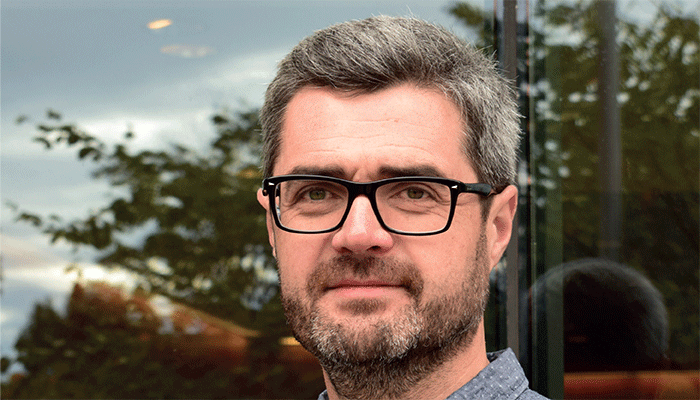
Gene therapies rely on vectors, such as recombinant adeno-associated viruses (AAVs), to deliver genes. From early research to commercialization, characterization of those AAVs is essential to ensure purity and safety – but the task can present analytical challenges, especially in less well-equipped research labs. In search of an alternative analytical solution, researchers from the National Heart, Lung, and Blood Institute, (NHLBI) USA, applied a newly developed tool, called mass photometry (MP) – a single-molecule technique that measures mass distributions of biomolecules. And they found that MP can measure multiple AAV attributes (including heterogeneity, relative species content, and packing efficiency) accurately, reproducibly, quickly, and with minimal sample preparation (1).
We spoke with Grzegorz Piszczek, director of the Biophysics Core Facility at the NHLBI and one of the co-authors of the study to find out more.
What is the current state of AAV characterization?
It used to be that precise characterization of AAV preparations was primarily done within the pharmaceutical industry. Recently, because of the increased availability of new AAV characterization technologies, more extensive AAV testing procedures are becoming standard in research laboratories, such as those working with animal models.
Established techniques like qPCR, ELISA, and spectrophotometry are still routinely used in many labs, but they can’t assess the purity of AAV samples. Recently, the SEC-MALS (size exclusion chromatography coupled to multi-angle light scattering) applications have become more widespread. However, the full-to-empty capsid ratio calculations based on the SEC-MALS data can be affected by the presence of differently loaded capsid species. Additionally, SEC-MALS requires relatively large samples. And all the aforementioned methods are also relatively slow.
Why did you decide to assess mass photometry (MP) to AAV characterization?
MP is a revolutionary new technology – it’s fast and requires small amounts of material. The technique can also be used to characterize a wide range of molecules of different sizes. We had used it to characterize antibodies and protein complexes and were looking at additional samples to analyze – AAVs were an obvious material to try.
How does the technique work when applied to AAVs?
The mass photometer is a highly specialized microscope. A few microliters of diluted sample solution is applied on the microscope cover glass. The MP camera observes individual AAVs “landing on” the surface of the cover glass, which are visible as dark spots appearing in the image. The intensity of this signal – the darkness of the spots – is proportional to the molecular mass of the particles. Since AAVs containing encapsidated genome are heavier than empty capsids, spots representing full particles appear darker than spots representing empty capsids, allowing for the quantification of different species. The whole MP measurement takes only a few minutes and does not require any special sample preparation.
Were any of your results unexpected?
We were surprised to find that some samples we analyzed were more complex than expected. We used analytical ultracentrifugation to confirm our findings and to validate the MP results. We were also surprised that we could not only differentiate full and empty capsids, but also estimate the size of the encapsidated genome from the MP data. This result really showcases the capability of the MP technique.
On the downside, we quickly realized that higher concentrations of some impurities, particularly capsid fragments, can impede MP measurements. Repeated sample freeze-thaw cycles tend to degrade the AAVs and create those fragments.
Where will your research take you next?
We are developing a protocol that combines SEC-MALS and MP to fully use the strengths of both technologies; SEC-MALS can isolate impurities affecting the MP measurements and provide titer information and MP can precisely characterize different AAV species eluting as a single peak on the SEC column.
Considering how fast the MP measurements are, and how little sample they require, I expect that this technique will become one of the standard methods for AAV characterization.
References
- Di Wu et al., Gene Therapy (2022). https://doi.org/10.1038/s41434-021-00311-4




